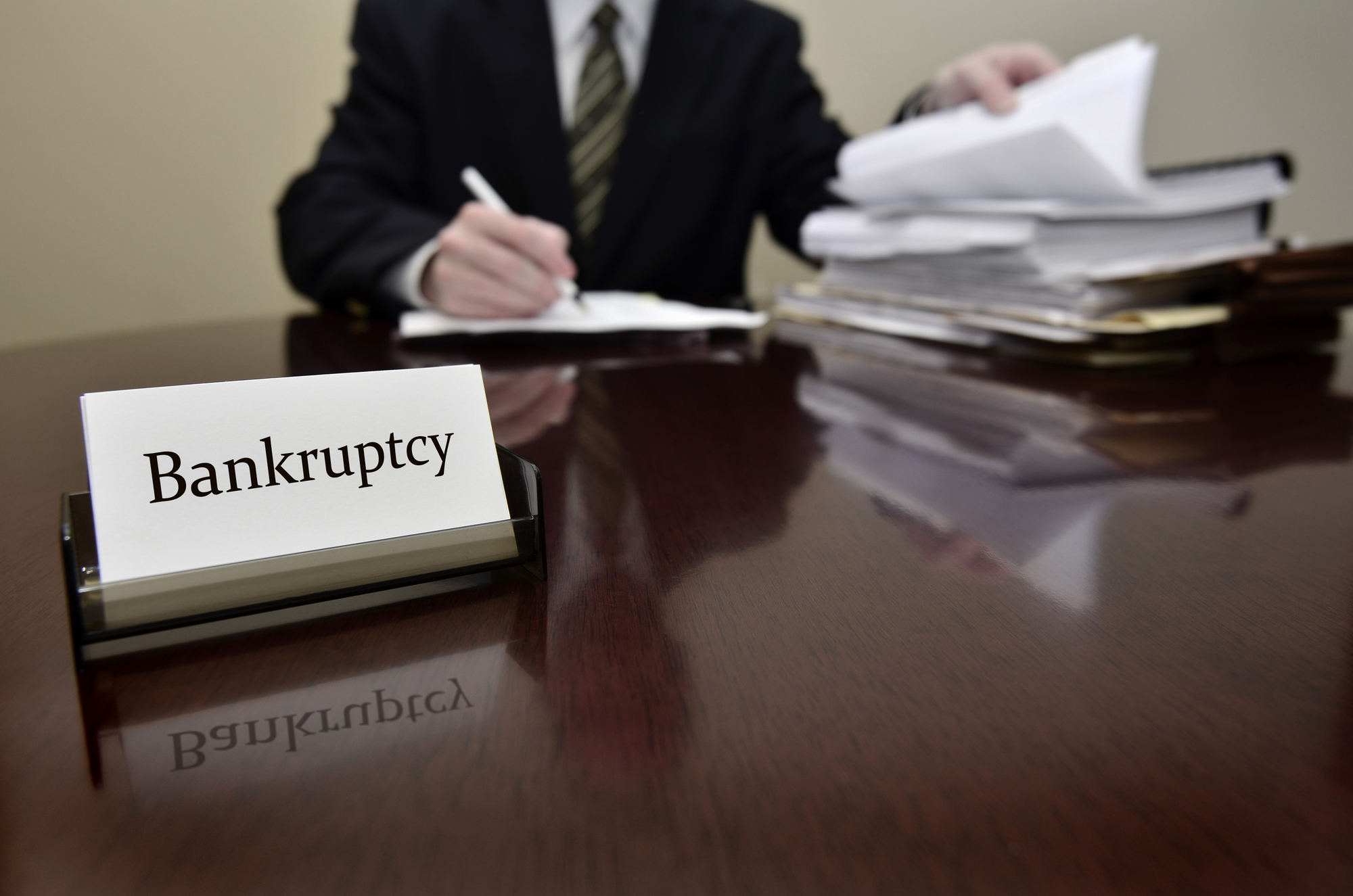Search results
What You Need to Know About Bankruptcy


For individuals and businesses crippled by debt, the term ‘bankruptcy’ may have come up several times as debtors seek solutions. For some, bankruptcy is necessary to find relief, but in other cases, it might be worth trying other avenues first.
Before making any sort of financial decision, it’s important to be aware of what bankruptcy is, what it entails, and the lasting impact of it. This article will answer some of the questions you may have about bankruptcy.
What Is Bankruptcy?
In order to understand the legal process of bankruptcy, it’s important to understand what it is. Bankruptcy is a complex process that involves a court proceeding in which court trustees and a judge examine an individual or business. From there, the court determines the company’s assets and liabilities. This filing is applicable when an individual or business cannot afford to pay their bills, usually because they have limited or no income and assets left. It’s used as a last resort to help the debtor with financial problems, and those with the least resources are given priority. As a result of this inability, the court considers whether the individual meets the bankruptcy qualifications. Qualifications have to be met to discharge debts and release the individual or business from paying back their debts. Bankruptcy is often a last resort option that individuals or businesses consider when overwhelmed with debt. Whether this situation arises from poor financial choices or issues beyond the control of those impacted, it is sometimes necessary to seek relief. In one way, bankruptcy can be a second chance.Types of Bankruptcy Filings
One bankruptcy filing is not identical to the next. Depending on the situation and the details involved, there are several types of bankruptcy filings. These options include Chapter 7 Bankruptcy, Chapter 11 Bankruptcy, and Chapter 13 Bankruptcy. There are slightly different requirements for each.Chapter 7 Bankruptcy
Generally, when an individual or business has little to no assets on file, they can proceed to bankruptcy filing under Chapter 7. This bankruptcy process allows the individual or business to dispose of their unsecured debts. This includes medical bills and credit card balances. If the individual has non-exempt assets, second homes, stocks, or other items, they must first liquidate their assets to repay some debts. People who do not have any assets (except for exempt assets) typically do not have to repay their unsecured debts.Chapter 11 Bankruptcy
Chapter 11 filings are usually for businesses. The goal of a Chapter 11 bankruptcy is to keep the company in business and become profitable again. This type of filing allows a business to create new plans, cut business costs, and rework the company in a way that increases revenue. While the company tries to improve its business practices, it must also work on a credit card debt repayment plan. The court supervises the repayment plan to ensure compliance.Chapter 13 Bankruptcy
For people who make too much money to file for bankruptcy under Chapter 7, they can file for Chapter 13, which is often referred to as the wage earner’s plan. This type of bankruptcy allows individuals and businesses with reliable income to create plans to repay their debts. Typically, the timeline for this plan is a 3 to 5 year period. Because the debtors are working towards repaying all their debts, the court system allows them to keep their property. This includes property that would otherwise be non-exempt.Less Common Bankruptcy Filings
In addition to the three most common types of bankruptcy cases, there is also a selection of uncommon filings that fit special circumstances.- Chapter 9: This type of filing can be used by a municipal property (like cities, towns, and counties), and does not require the liquidation of assets. Instead, these parties can develop repayment plans for a period of time.
- Chapter 10: No longer in existence, this form of bankruptcy petition was designed for corporations. It has since been replaced by Chapter 11.6.
- Chapter 12: This type of bankruptcy is for family-owned farms and fisheries. Like Chapter 11 and Chapter 9, it is not a requirement for debtors to liquidate their assets to repay their debts in bankruptcy.
- Chapter 15: For bankruptcies that involve entities in several countries, there is Chapter 15 bankruptcy.










